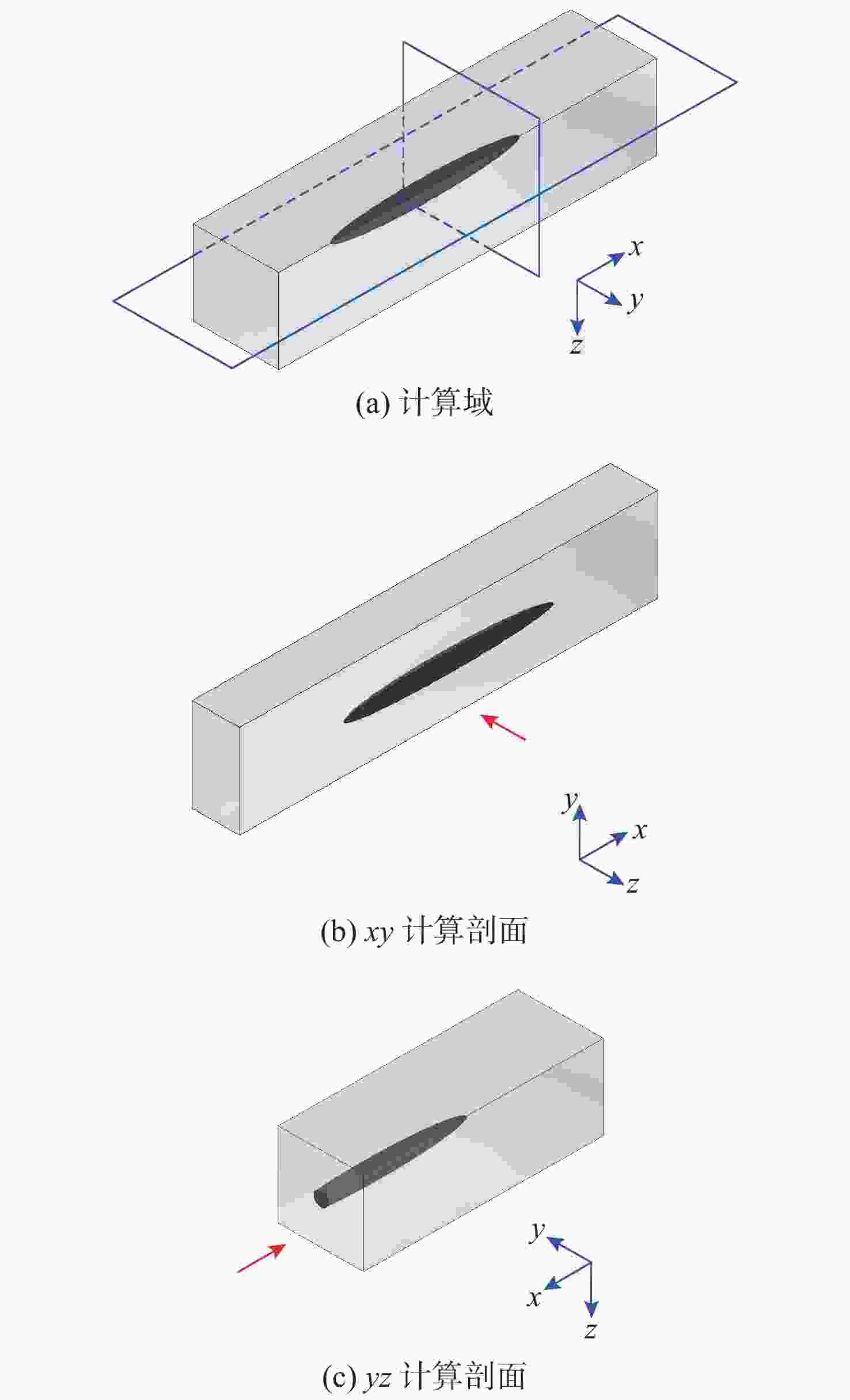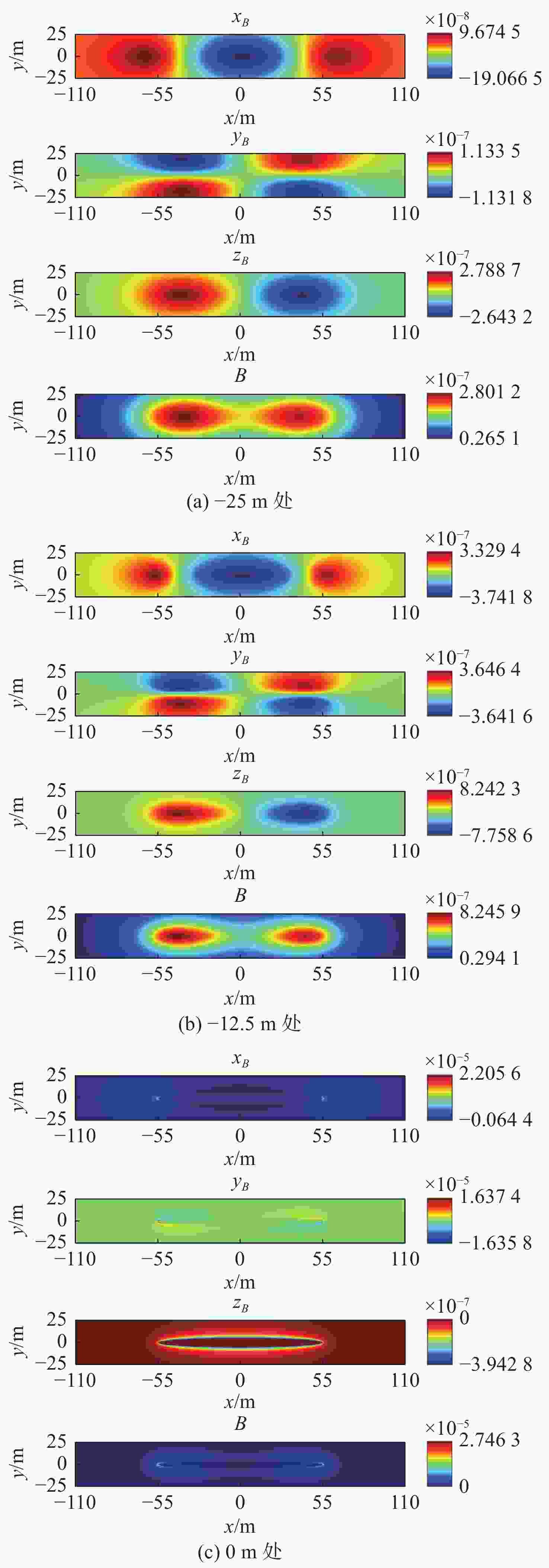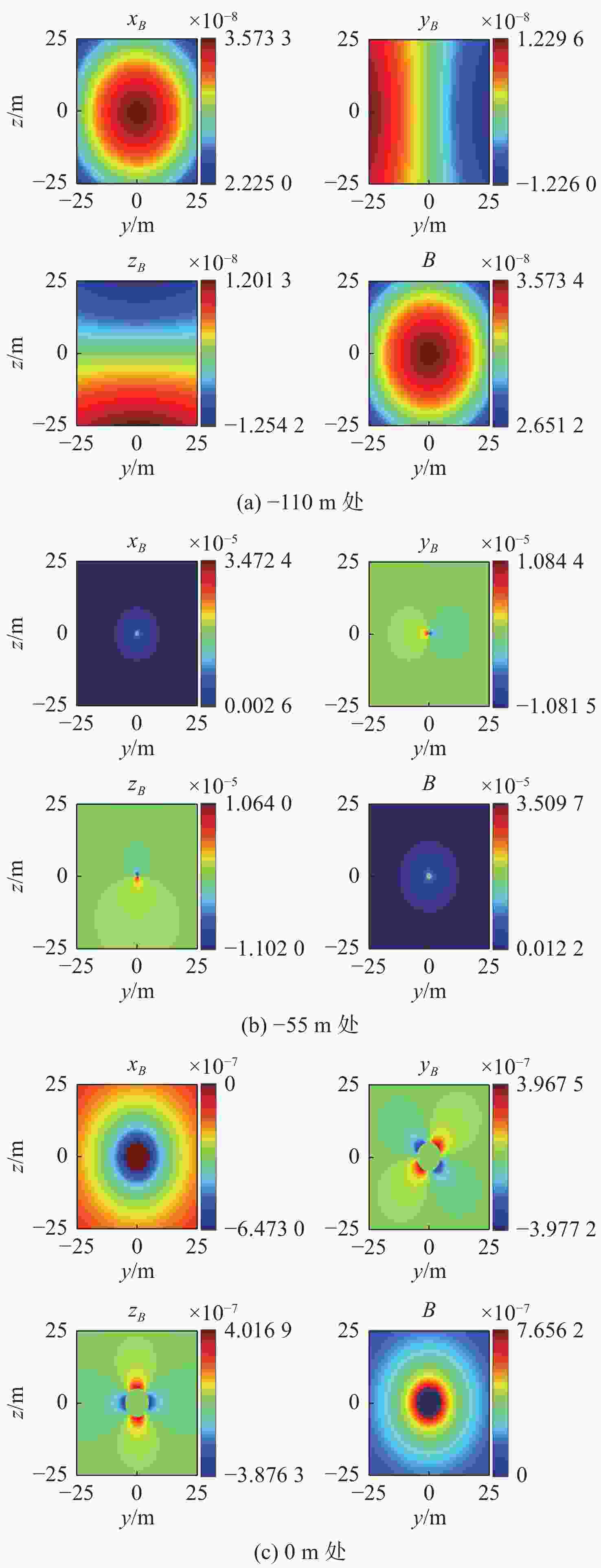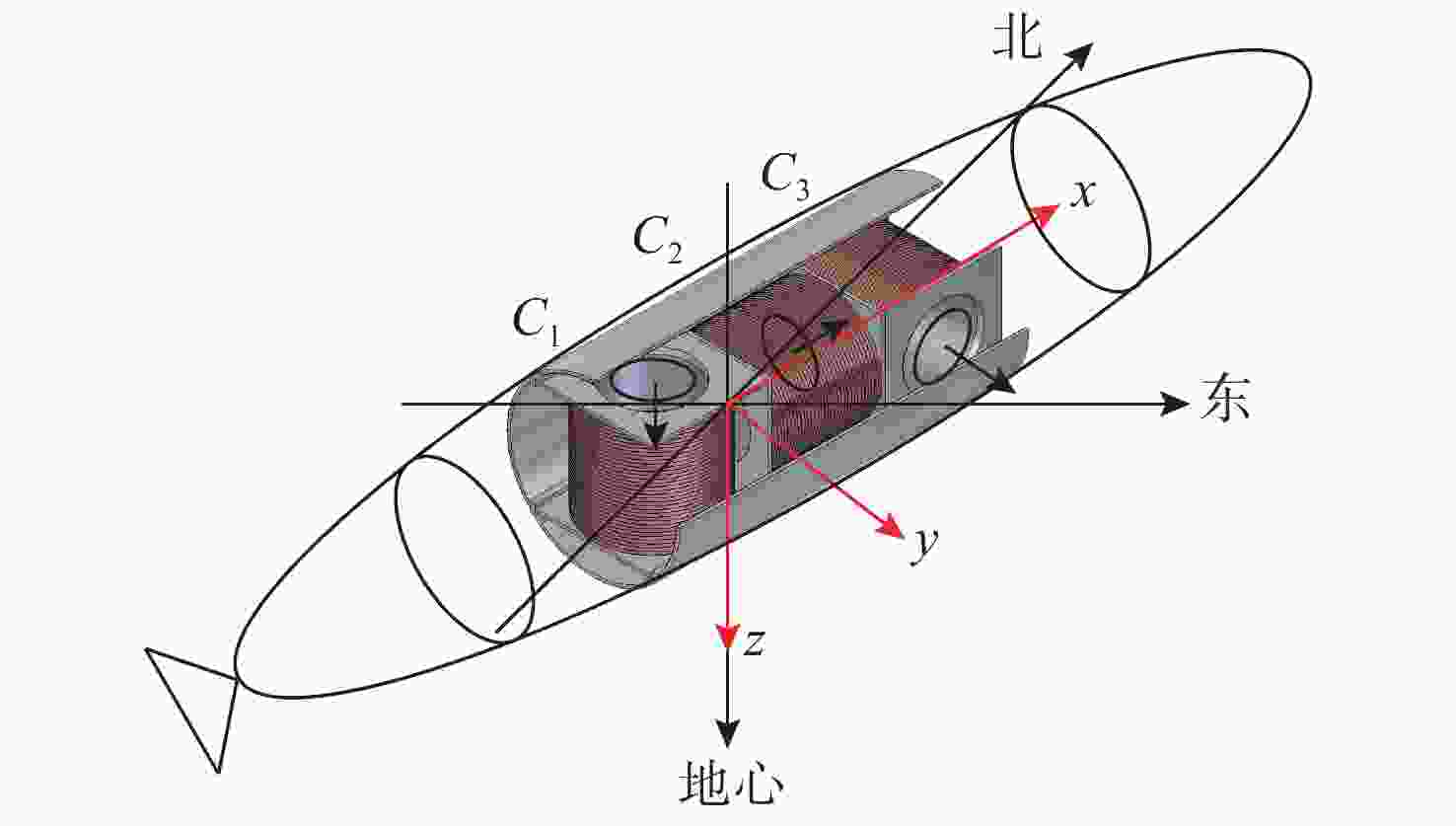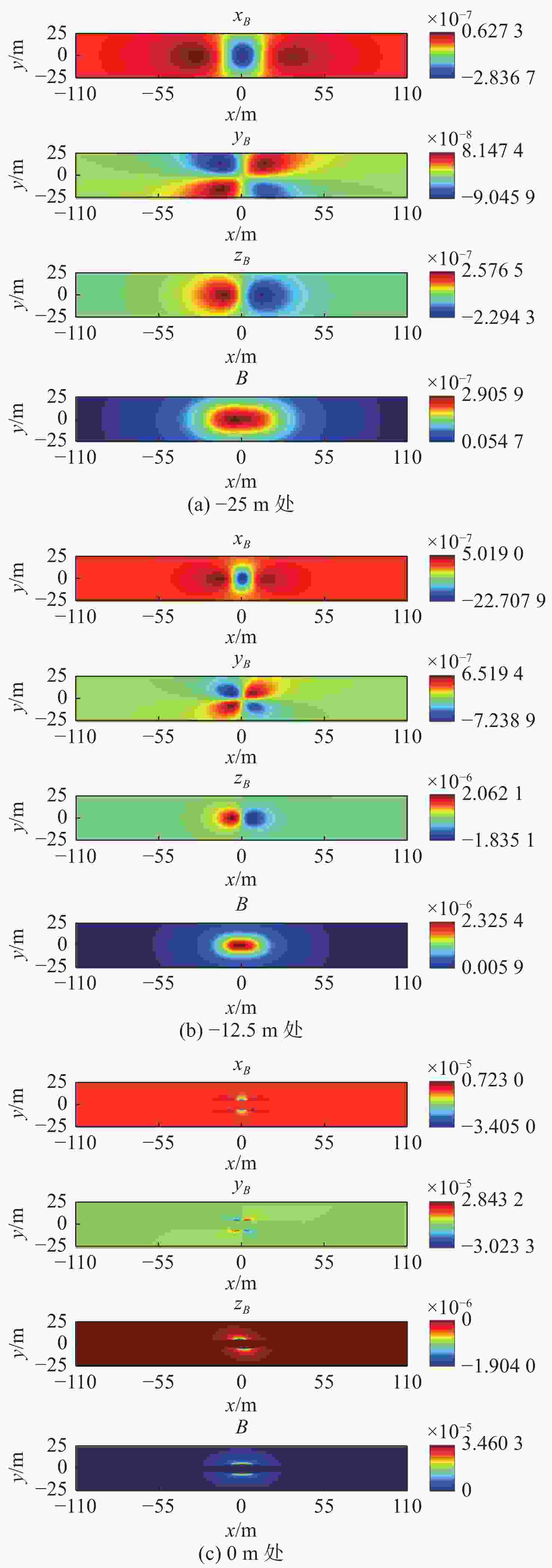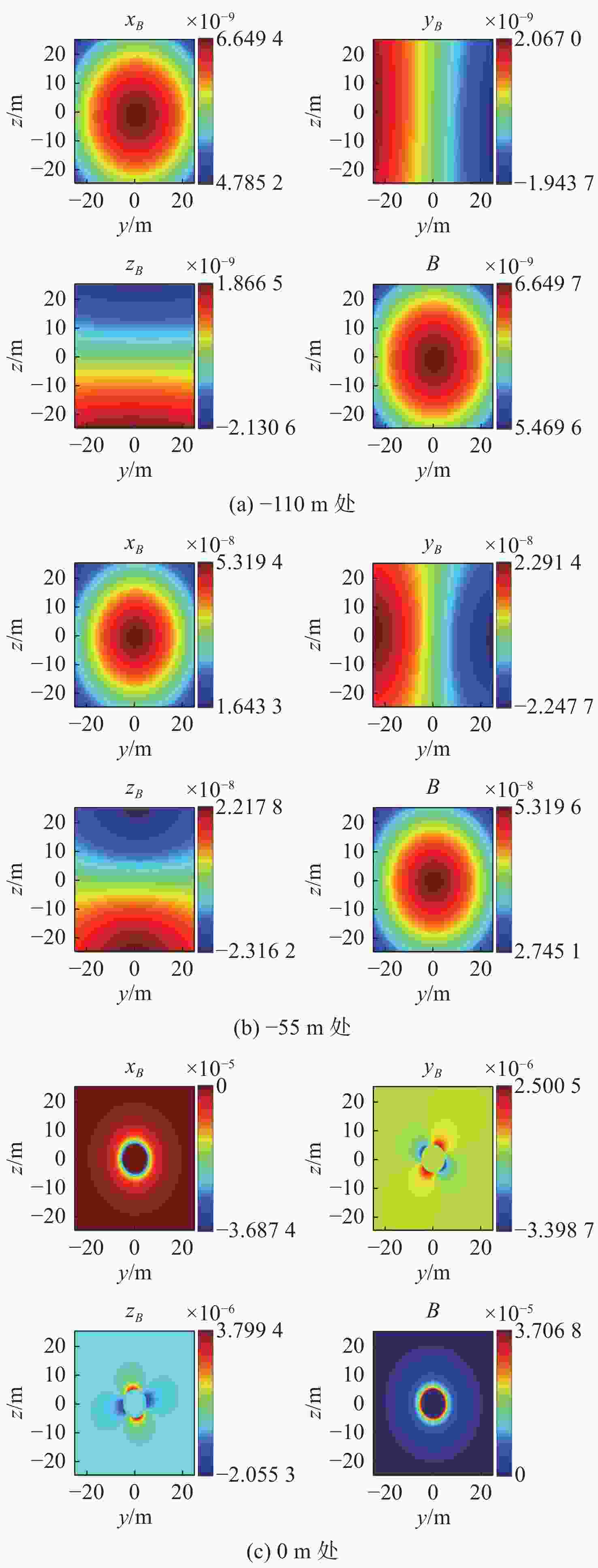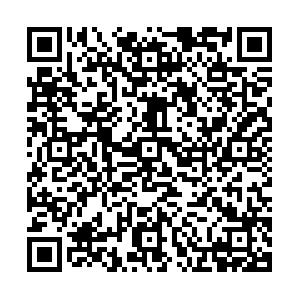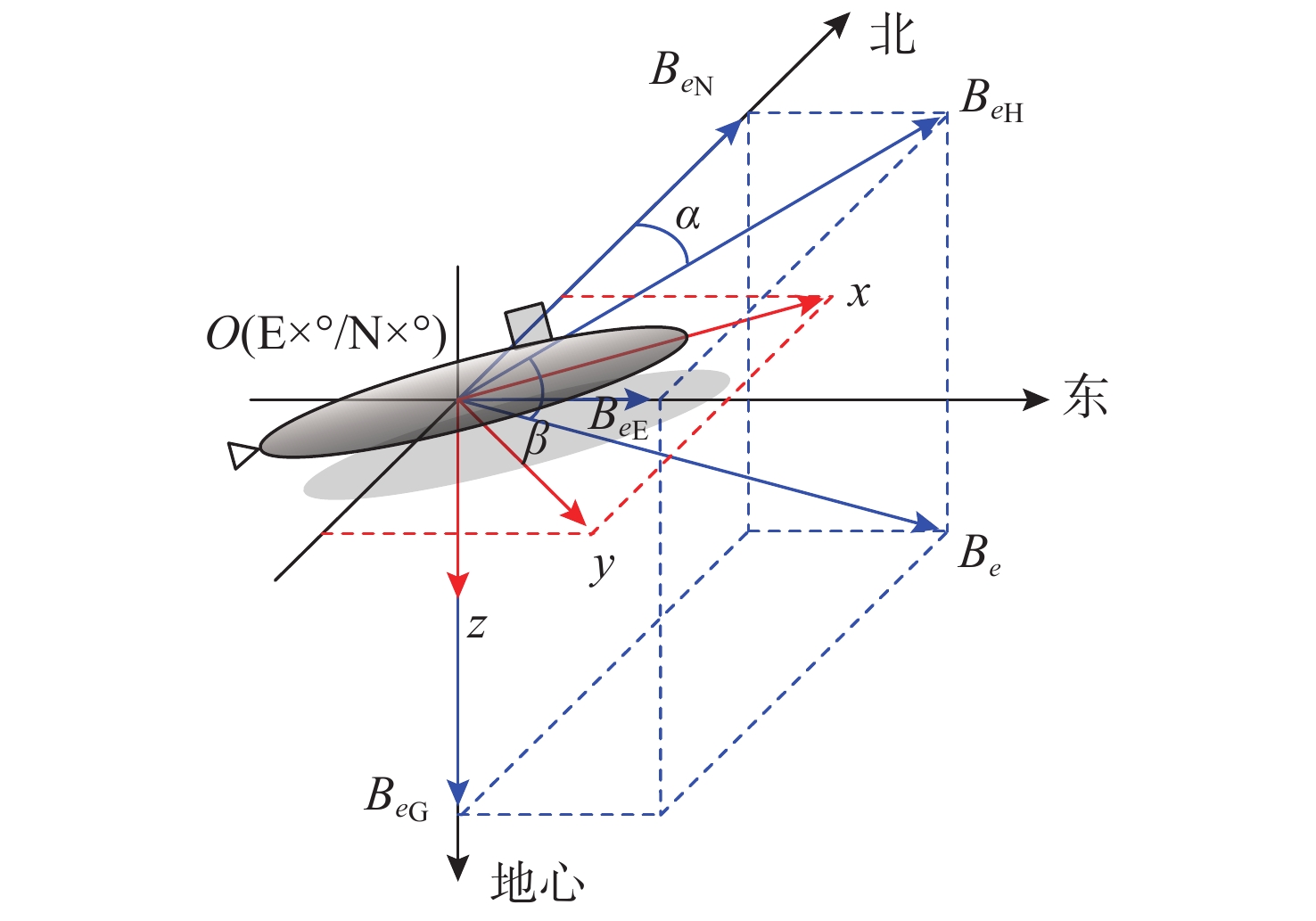Research on Submarine Magnetic Field Simulation with Energized Coil
-
摘要: 通电线圈聚磁法因潜艇磁场模拟逼真度高、磁场分布特征和强度可调节、机动性好、环境依赖性低及安全性高等明显优势, 受到越来越多的关注。为更好指导通电线圈方式潜艇磁场模拟器设计, 深入研究其分布特性十分必要。文中给出潜艇空间磁场和任意通电导线空间磁场计算方法, 提出分体式三轴正交线圈潜艇磁场模拟工程方案, 对比研究该方案磁场与潜艇空间磁场分布特征。研究结果表明三轴正交线圈方式能较好地模拟潜艇空间磁场分布特征, 但不能完全反映分布尺度, 为潜艇磁场模拟提供了技术参考。Abstract: Due to the obvious advantages of high fidelity, adjustable magnetic field distribution and intensity, good maneuverability, low environmental dependence, and high safety of submarine magnetic field, the method of concentric magnetic field with energized coil has attracted more and more attention. It is necessary to conduct in-depth research on the distribution characteristics of the submarine magnetic field simulator with energized coil, so as to better guide its design. In this paper, the calculation methods of the spatial magnetic field of the submarine and the spatial magnetic field of arbitrary energized wire were given, and the submarine magnetic field simulation engineering scheme of the split-type three-axis orthogonal coil was proposed. The spatial magnetic field distribution characteristics of this scheme and the submarine were compared. The results show that the three-axis orthogonal coil method can simulate the spatial magnetic field distribution characteristics of a submarine well but cannot fully reflect the distribution scale, providing technical reference for submarine magnetic field simulation.
-
表 1 地磁场参数
Table 1. Geomagnetic field parameters
参数 符号 数值 总场/nT $ {B_e} $ 43994 磁偏角/(°) $ \alpha $ −1.890 磁倾角/(°) $ \beta $ 25.554 北向分量/nT $ B_{e\mathrm{N}} $ 39669 东向分量/nT $ B_{e\mathrm{E}} $ − 1309 地心分量/nT $ B_{e\mathrm{G}} $ 18977 表 2 潜艇参数
Table 2. Submarine parameters
参数 符号 数值 艇长/m $ 2a $ 110 艇宽/m $ 2b $ 10 相对磁导率 $ {\mu _r} $ 200 x向空化及消磁系数 $ {D_x} $ 0.021 y向空化及消磁系数 $ {D_y} $ 0.021 z向空化及消磁系数 $ {D_{\textit{z}}} $ 0.021 表 3 三轴正交线圈参数
Table 3. Parameters of three-axis orthogonal coil
参数 符号 数值 匝数 — 512 平均半径 $ {R_1},{R_2},{R_3} $ 0.256 m 聚磁系数 $ {D_1},{D_2},{D_3} $ 3.5 -
[1] 刘春枚. 美国MK30系列靶雷技术与应用[J]. 舰船电子工程, 2020(11): 20-24.LIU C M. Technology and application of U. S. MK30 Mod 2 mobile target[J]. Ship Electronic Engineering, 2020(11): 20-24. [2] 陈敬军. 鱼雷防御系统中软杀伤器材的现状及其发展趋势[J]. 声学技术, 2013(4): 343-348.CHEN J J. The status quo and development trend of soft-kill effectors in torpedo defence systems[J]. Technical Acoustics, 2013(4): 343-348. [3] 刘春枚, 陈建青. 基于美海军反潜战训练的靶雷技术发展趋势[J]. 舰船科学技术, 2020(3): 180-185.LIU C M, CHEN J Q. Development trend analysis of target technology based on anti-submarine warfare training of US Navy[J]. Ship Science and Technology, 2020(3): 180-185. [4] 王景然, 刘首善, 宗发保, 等. 一种潜艇磁异常模拟器仿真与试验[J]. 声学与电子工程, 2016(4): 13-15. [5] 张琦, 潘孟春, 陈棣湘, 等. 从潜艇磁测数据中分离地磁场的研究[J]. 探测与控制学报, 2008, 30(S1): 1-4.ZHANG Q, PAN M C, CHEN D X, et al. Study on abstracting geomagnetic field from magnetic field of submarine[J]. Journal of Detection & Control, 2008, 30(S1): 1-4. [6] 张琦, 潘孟春, 陈棣湘, 等. 潜艇磁化场的有限元方法研究[J]. 舰船科学技术, 2009, 31(1): 75-78.ZHANG Q, PAN M C, CHEN D X, et al. Study on magnetization of submarine based on finite-element method[J]. Ship Science and Technology, 2009, 31(1): 75-78. [7] 周家新, 陈建勇, 单志超, 等. 航空磁探中潜艇磁场建模方法分析[J]. 海军航空工程学院学报, 2017, 32(1): 143-148.ZHOU J X, CHEN J Y, SHAN Z C, et al. Analysis of submarine magnetic field modeling method for aero magnetic detection[J]. Journal of Naval Aeronautical and Astronautical University, 2017, 32(1): 143-148. [8] 周家新, 陈建勇, 单志超, 等. 航空磁探中使用边界元法的潜艇磁场建模[J]. 电光与控制, 2018, 25(6): 31-34.ZHOU J X, CHEN J Y, SHAN Z C, el al. Submarine magntic field modeling using boundary elements method for aeromagnetic anomaly detection[J]. Electronics Optics & Control, 2018, 25(6): 31-34. [9] 章尧卿, 毛世超. 潜艇空间磁场的建模分析与运用[J]. 舰船电子工程, 2018, 38(1): 136-139.ZHANG Y Q, MAO S C. Modeling analysis and application of submarine space magnetic field[J]. Ship Electronic Engineering, 2018, 38(1): 136-139. [10] 汪晓雨, 刘忠乐. 基于小型运动载体的潜艇磁诱饵磁场产生方法[J]. 水雷战与舰船防护, 2006(4): 18-21. [11] 刘忠乐, 石剑, 文无敌, 等. 模拟潜艇磁场的组合式磁源[J]. 航空学报, 2017, 38(12): 1-11. doi: 10.7527/S1000-6893.2017.321240LIU Z L, SHI J, WEN W D, et al. Combination type magnetic field source for simulating submarine magnetic field[J]. Acta Aeronautica et Astronautica Sinica, 2017, 38(12): 1-11. doi: 10.7527/S1000-6893.2017.321240 [12] 高胜峰, 朱海, 王超, 等. 基于有限元法的潜艇磁场模型适用条件分析[J]. 舰船科学技术, 2016, 38(1): 34-38. doi: 10.3404/j.issn.1672-7649.2016.1.007GAO S F, ZHU H, WANG C, el al. Analysis on the applicability of submarine magnetic model based on finite element method[J]. Ship Science and Technology, 2016, 38(1): 34-38. doi: 10.3404/j.issn.1672-7649.2016.1.007 [13] 孙权, 唐劲飞. 潜艇磁场的估算与仿真[J]. 鱼雷技术, 2011, 19(4): 318-320.SUN Q, TANG J F. Estimation and simulation of submarine magnetic field[J]. Torpedo Technology, 2011, 19(4): 318-320. [14] 林春生, 龚沈光. 舰船物理场[M]. 北京: 兵器工业出版社, 2007. [15] 周耀忠, 张国友. 舰船磁场分析计算[M]. 北京: 国防工业出版社, 2004. [16] 中国自然资源航空物探遥感中心. 世界地磁场模型查询[DB/OL]. [2024-01-17]. http://geoprobe.agrs.cn/archives/. [17] 黎敏谦, 陈菊秋, 李雪. 三轴线圈磁体模拟产生舰船磁场的方法[J]. 舰船电子工程, 2011, 31(1): 156-159.LI M Q, CHEN J Q, LI X. A method of imitation themagnetic field by magnets of three axes[J]. Ship Electronic Engineering, 2011, 31(1): 156-159. -




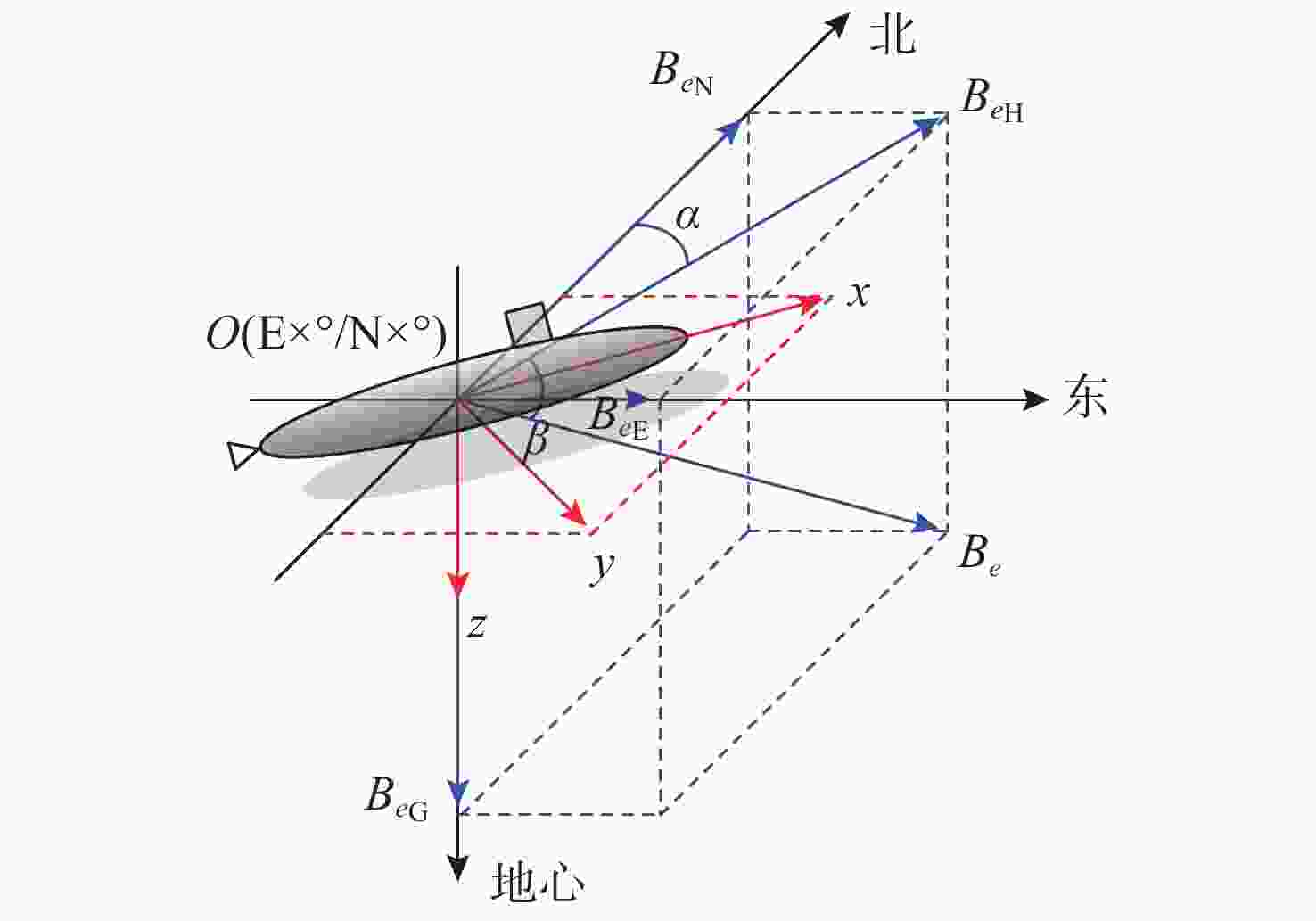
 下载:
下载:
